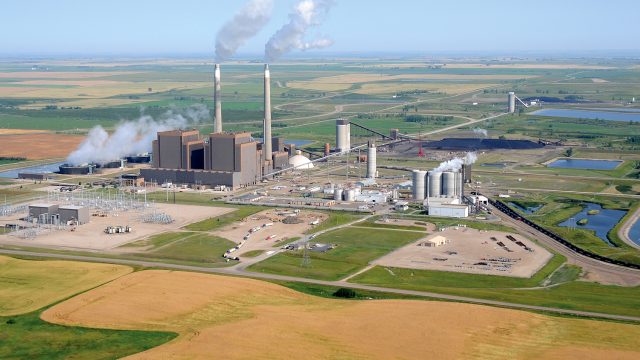The Clean Power Plan Butcher's Bill, And Why Environmentalists Want To Ignore It

Last week I wrote a post responding to a letter to the editor published in several of the state’s newspapers in which Dave Glatt, the head of North Dakota’s Department of Health, was lambasted for talking about the potential economic impacts of the Obama administration’s Clean Power Plan.
According to the letter writer such pragmatic considerations should be verboten for government regulators.
I questioned that conclusion. Why shouldn’t the economic costs be part of the consideration for any given policy? Sure, we could probably reduce America’s carbon footprint dramatically by eliminating commercial air travel, but is anyone prepared to pay the economic butcher’s bill which would come along with a decision like that?
[mks_pullquote align=”right” width=”300″ size=”24″ bg_color=”#ffffff” txt_color=”#000000″]To be fair, the EPA is also claiming some economic benefit for the plan. Some $37 billion in economic benefit, to be specific, but that sounds suspiciously like the broken window fallacy. As in, the federal government throws a regulatory rock through North Dakota’s window and then counts the people we must hire to repair it as a boon to our economy.[/mks_pullquote]
But perhaps it isn’t surprising that our friends on the left are bent out of shape when it comes to talking about the economic impacts of the Clean Power Plan. After all, Public Service Commissioner Randy Christmann has done the math and concluded that the plan would, at the least, add about $50 per month to the cost of living for every North Dakota citizen. The yearly hike in cost of living for a household of four would work out to be $2,400, and for what?
The American Action Forum has done the math for the whole nation. Their conclusion? The annual cost for the plan – the EPA’s figure – is $8.4 billion, and where that hammer blow will fall the hardest is on North Dakota and its neighbors. “South Dakota, Montana, and North Dakota must make the steepest cuts,” writes Sam Batkins for the group.
To be fair, the EPA is also claiming some economic benefit for the plan. Some $37 billion in economic benefit, to be specific, but that sounds suspiciously like the broken window fallacy.
As in, the federal government throws a regulatory rock through North Dakota’s window and then counts the people we must hire to repair it as a boon to our economy.
The “EPA still projects 83,300 more energy efficiency jobs because of the rule,” writes Batkins, though he notes the agency “qualifies this figure as merely ‘illustrative.'”
Or it may just be made-up hooey from the Obama administration on par with “jobs created or saved” or that ISIS is contained or that Affordable Care Act will let you keep your existing health insurance.
This administration has a bad habit of couching the negative aspects of its policies in the context of promised positives which don’t come true.
The truth is that I don’t think the economic costs of the Clean Power Plan really matter to President Obama or the environmental zealots he’s catering to with these sort of policies. They feel that they are actually saving the world, and that tens of thousands of jobs is a small price to pay for it.
But in the real world, outside of the ideological fever swamps of environmental activism, the price matters.




